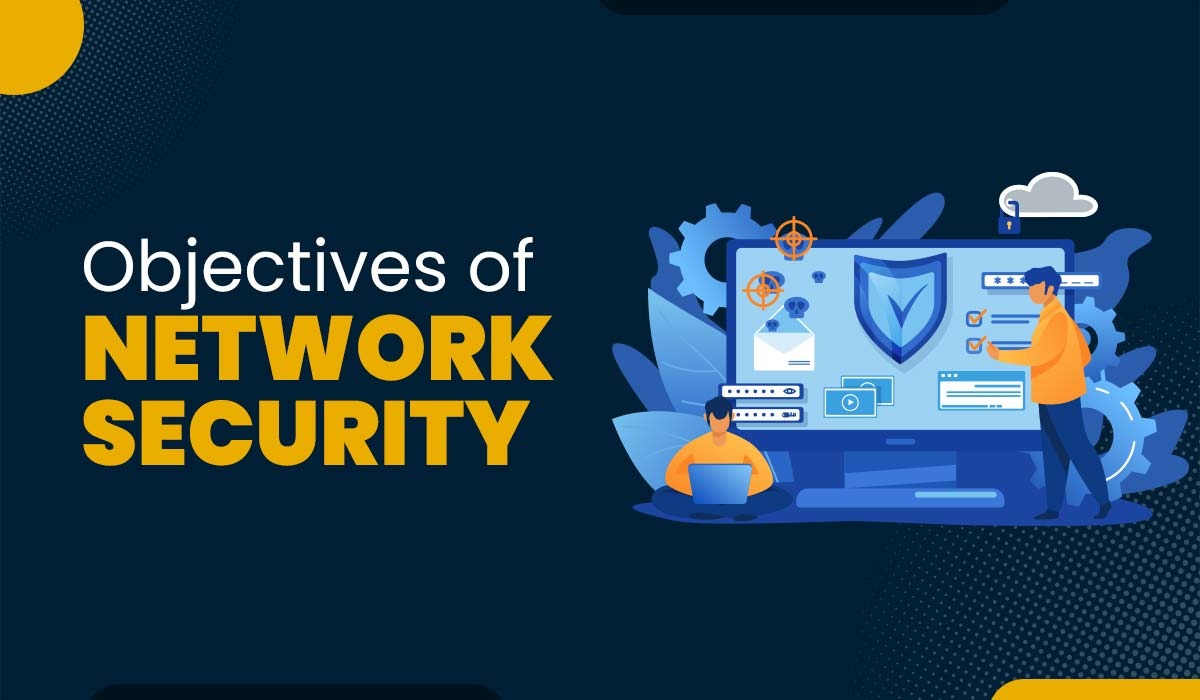
Introduction Nowadays, almost every business has shifted online to offer their services. Companies now have more valuable information than ever before, and securing that information is critical to their success. Effective network security functions as a gatekeeper, prohibiting unwanted access, abuse, modification, or manipulation of a computer network and its resources. In this blog, we […]
Read More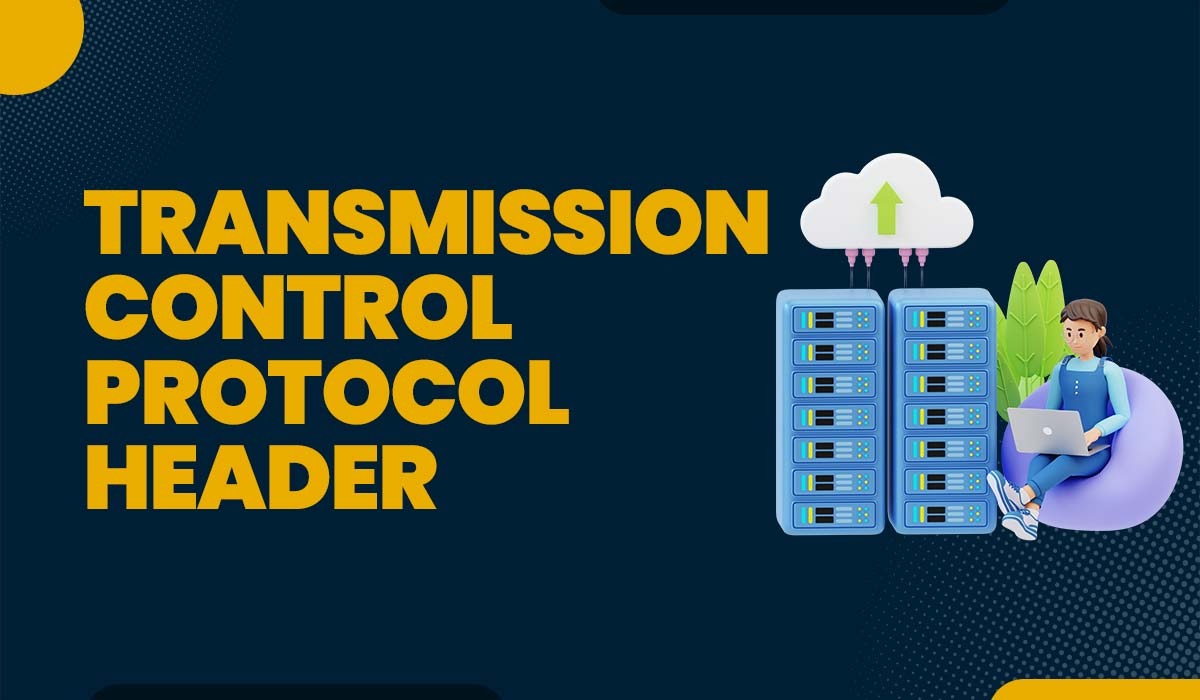
Introduction TCP, or Transmission control protocol, is a widely used protocol on the Internet that is reliable and connection oriented. TCP operates at the transport layer of the OSI model and ensures the correct ordered delivery of data packets from sender to receiver in a network. TCP is used by many applications that are totally […]
Read More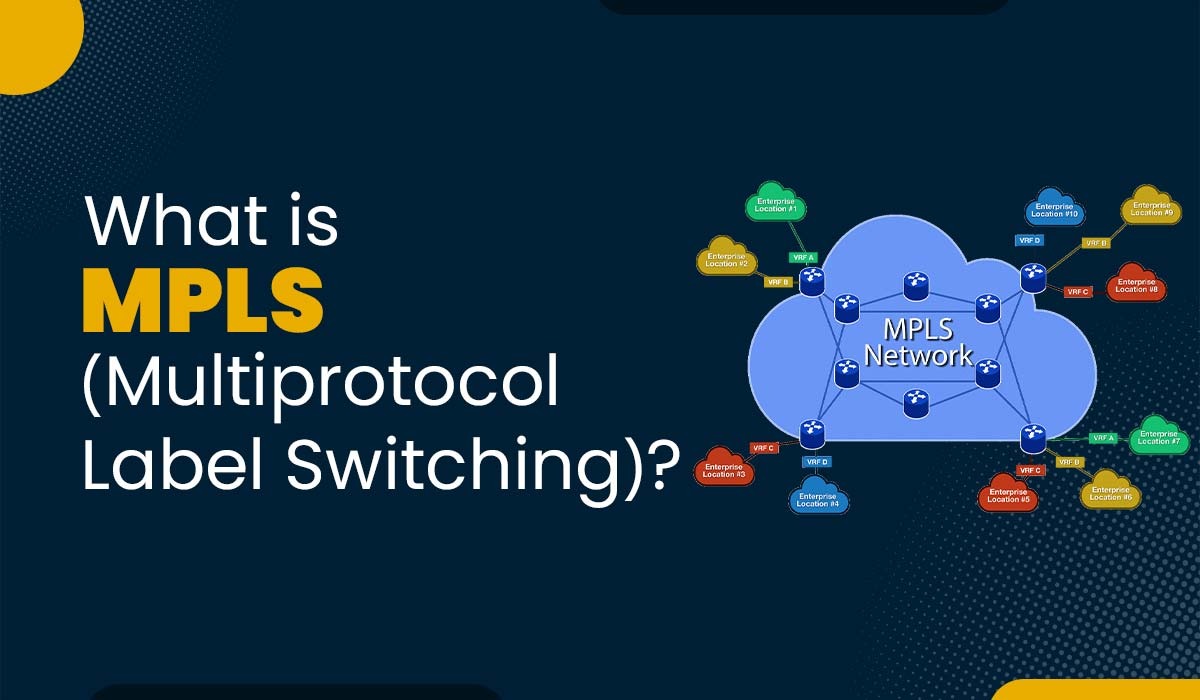
Introduction Multiprotocol Label Switching is a technology that allows efficient data transmission across networks. Network operators and service providers widely employ it to ensure high quality as well as reliable services for their customers. By understanding the working principles of MPLS, one can proficiently design, configure, troubleshoot, and optimize these networks. In this blog post, […]
Read More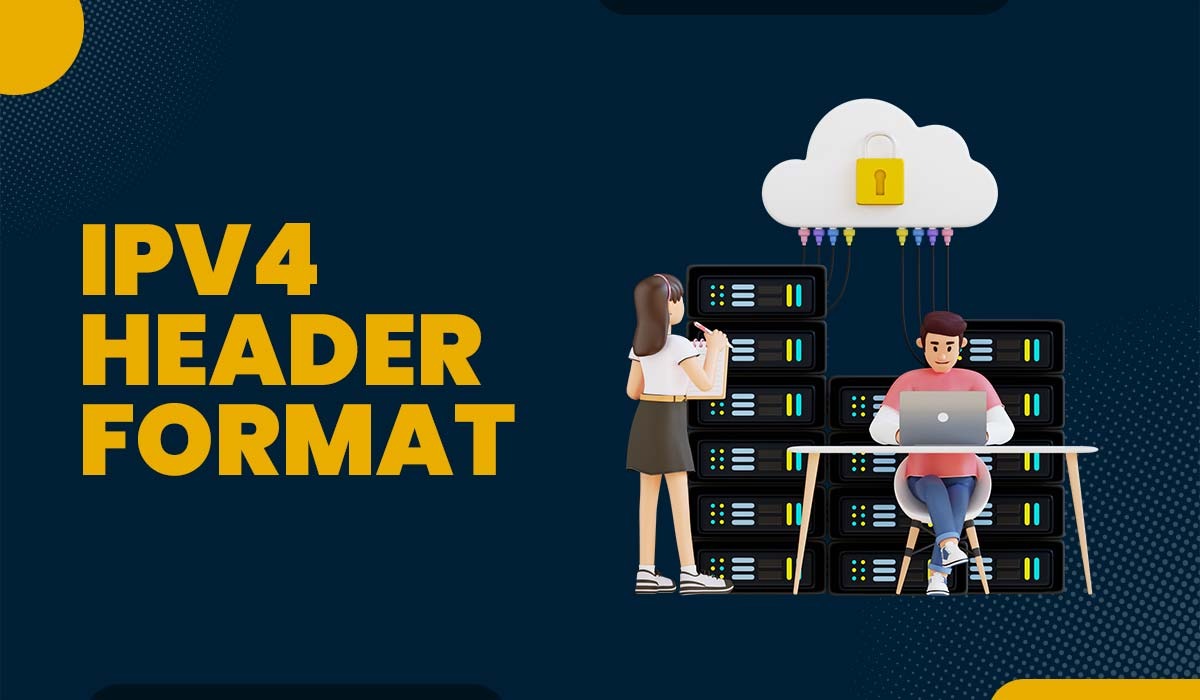
Introduction Internet Protocol version 4, or IPv4, is one of the most widely used protocols for sending or receiving data over different kinds of networks. It is a connectionless protocol and does not guarantee the delivery of data, order, or integrity of the packets. Furthermore, it is used to provide a logical connection between the […]
Read More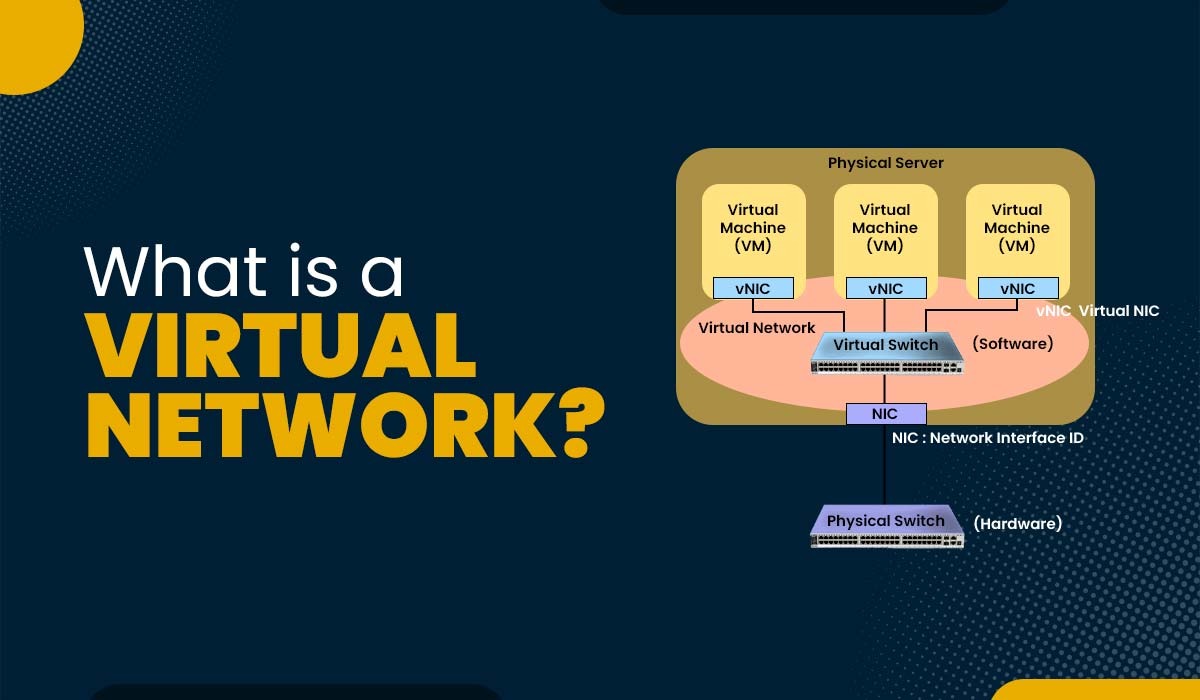
Introduction Virtual networks have gained popularity and significance in the field of computing and communication. They offer users the ability to create and manage networks that are independent of the physical infrastructure, such as routers, switches, cables, and servers. It can also isolate and segment traffic from different sources or destinations based on rules and […]
Read More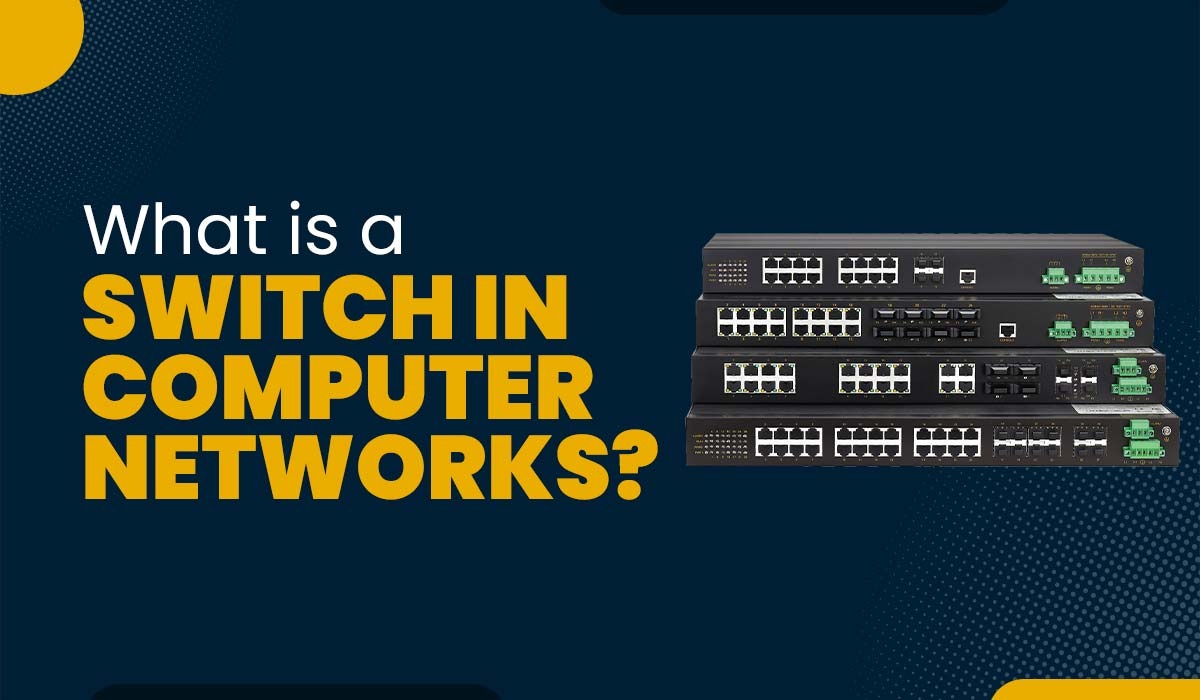
Introduction A Switch in Computer Network is a networking device that assist in connecting multiple computers or network devices. They play a significant role in the creation and management of networks as well as enhancing their performance, security, and scalability. By learning about switches, we get insight about how networks function and how we can […]
Read More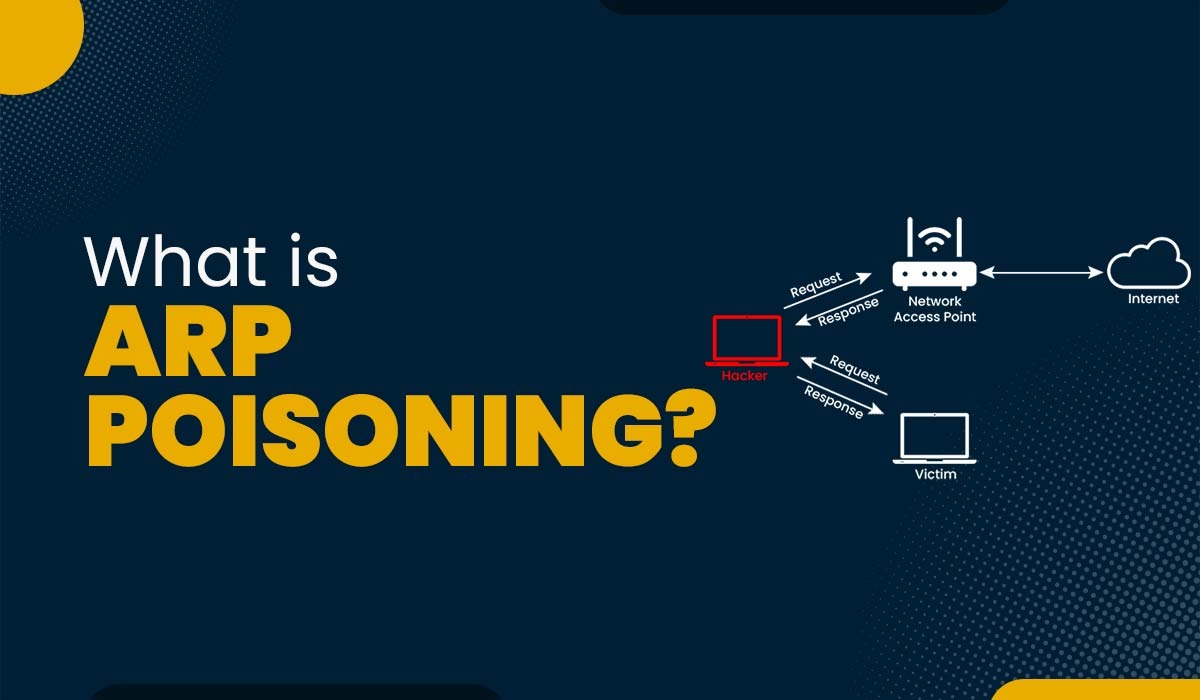
Introduction The Address Resolution Protocol (ARP) is a widely used protocol that enables devices within a LAN to communicate by linking their IP addresses with their MAC addresses. However, this protocol has a flaw as it cannot verify the authenticity of received ARP messages. This vulnerability exposes it to a type of cyberattack called ARP […]
Read More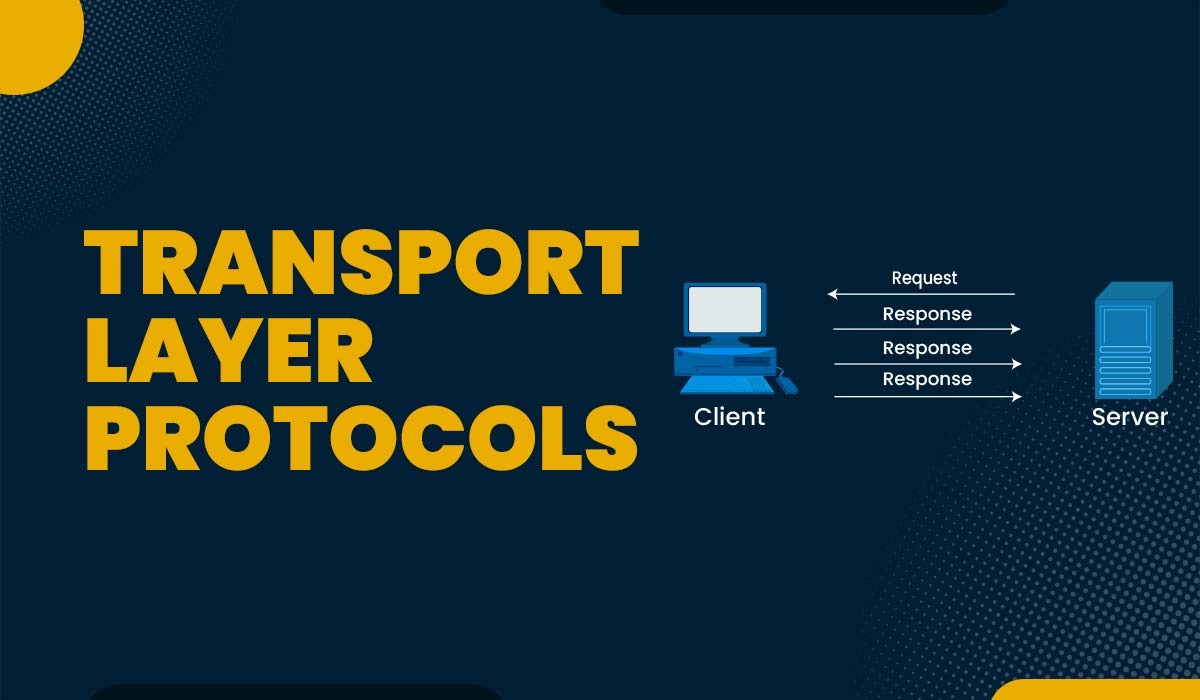
Introduction The transport layer is one of the seven layers of the OSI model, which is a reference framework that explains the process of transmitting data between computers. The OSI model was developed by ISO in 1984 and is now considered as an architectural model for inter-computer communications. Transport layer protocols play a significant role […]
Read More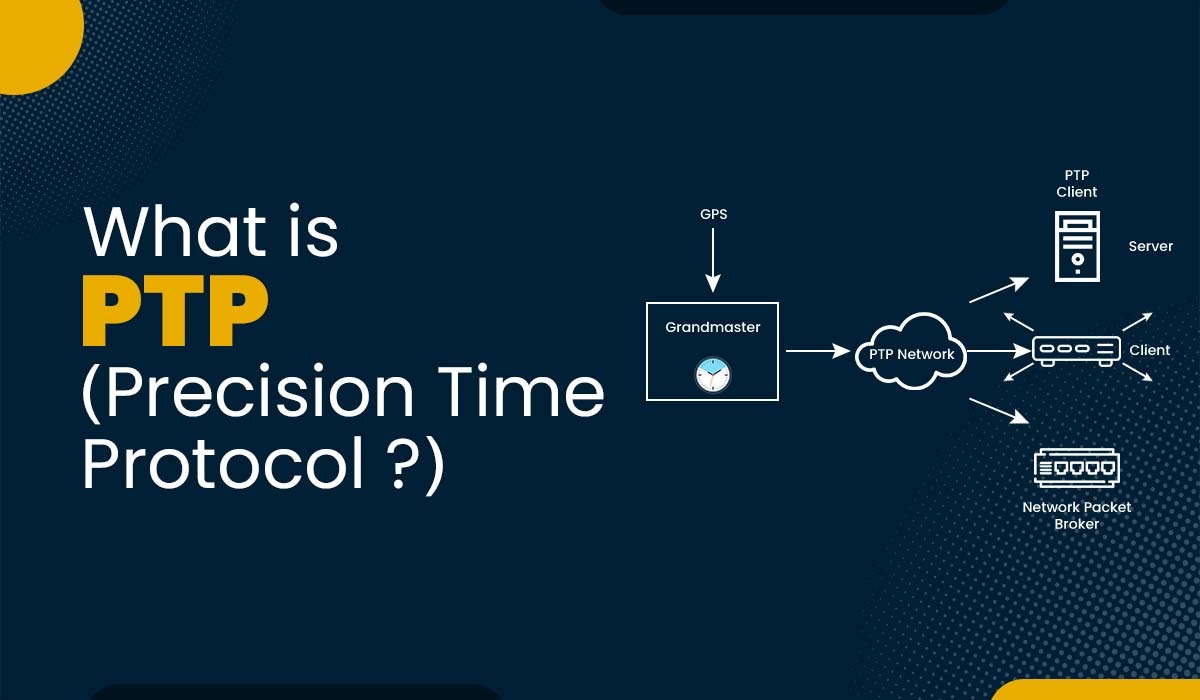
Introduction Nowadays, data is generated and transmitted all over the globe at an unprecedented rate. Hence, accurate and precise time synchronization is essential for almost every application and service. It is now crucial to have a common as well as reliable time reference across different devices and networks in order to ensure coordination, consistency, security, […]
Read More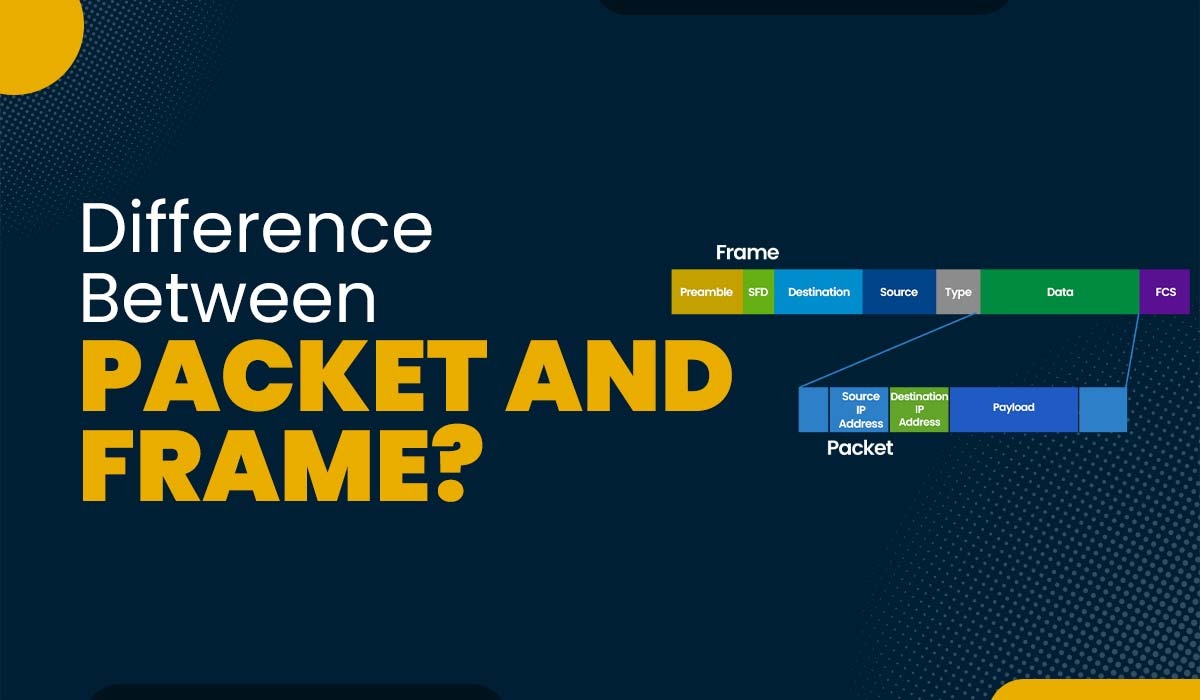
Introduction In computer networks, data is sent between devices using protocols and layers. Each layer has its way of packaging and handling data. There are two types of data units: packets and frames. Packets are used in the network layer, while frames are used in the data link layer. But what is the fundamental difference […]
Read More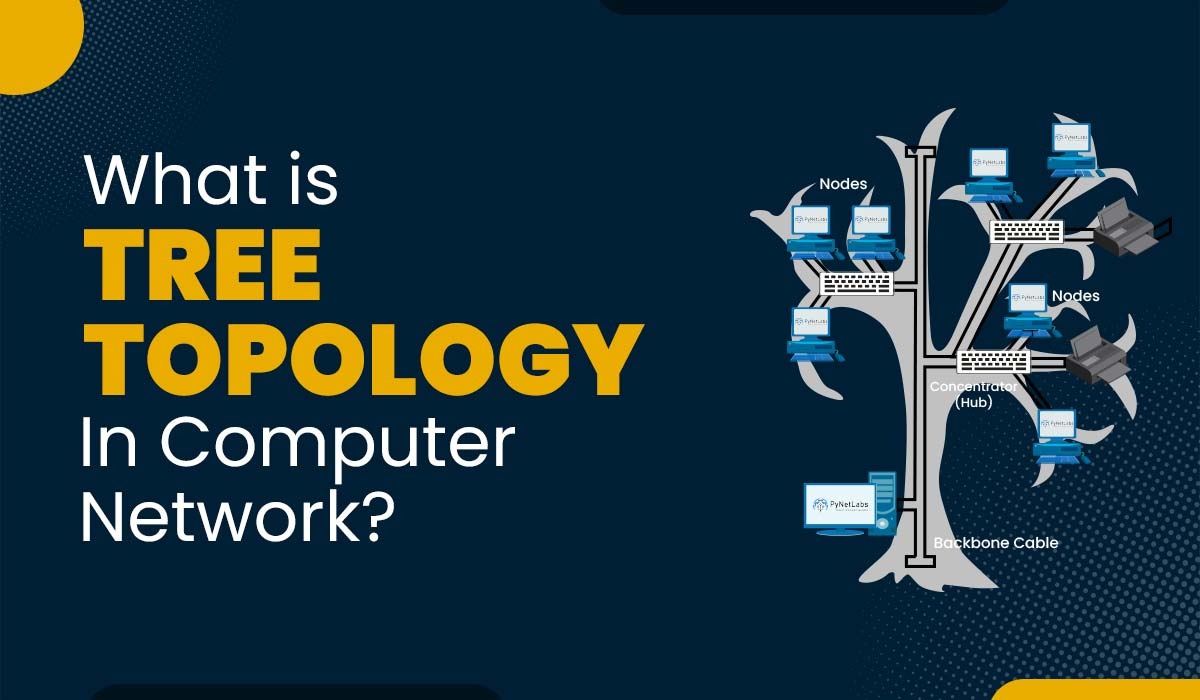
Introduction Computer networks consist of interconnected devices that are organized in different ways. The arrangement and communication between these devices are referred to as network topology. The topology chosen impacts the network’s performance, reliability, security, and scalability. There are types of network topologies, including bus, ring, star, mesh, and hybrid configurations. In this blog post, […]
Read More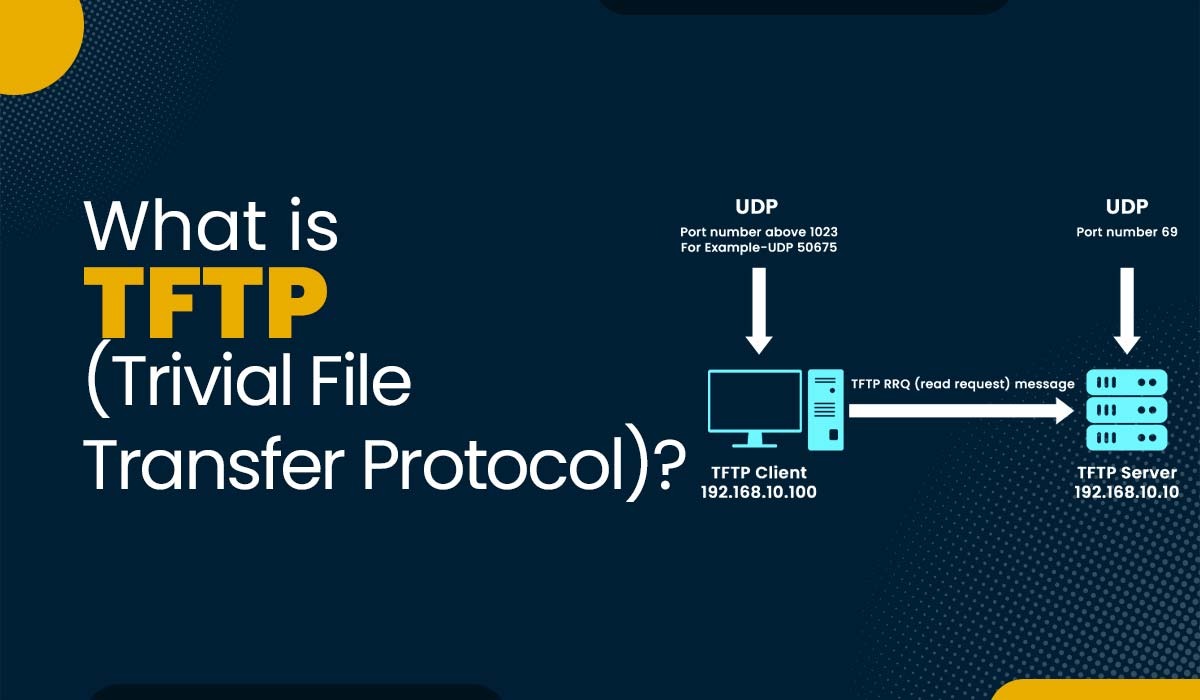
Introduction FTP or file transfer protocol is a standard protocol for exchanging files between two devices inside a network. However, FTP also has some drawbacks, such as requiring a lot of resources and having some compatibility issues with different operating systems. That’s why a more straightforward and lighter alternative to FTP is needed. That’s where […]
Read More










